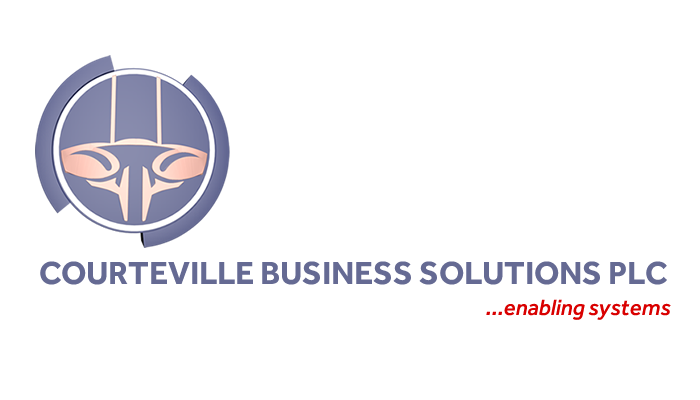Avoid frustration in delegation. Save yourself time and develop your staff for the welfare of your organization.
Delegation is a fundamental driver of organizational growth. Managers who are effective in delegation show leadership.
They know they’ll be more effective in management and that they’ll develop their employees.
They inspire employees with competence and dedication via delegation. They motivate in such a way that employees accept the responsibility, and perform their duties with authority and efficiency.
Unfortunately, many managers don’t understand the benefits of delegating or they don’t delegate effectively.
Bosses are missing the benefits of not delegating properly. Their work pressures are alleviated and they’re not bogged down in minutiae. They have time for the big picture and for honing their managerial skills.
Not to belabor a point, but this means the organization will benefit, too.
Good employees welcome and benefit from the challenge of increased responsibilities. Their motivation and workplace engagement are enhanced. And they appreciate opportunities to grow.
Understanding why managers procrastinate on delegating
An organization that has managers who fail to delegate is an indicator of workplace culture dysfunction.
Harried managers think they can perform tasks better and faster. Usually this means they lack confidence in their employees, and ironically they suffer from self-esteem issues themselves.
Typically, such a manager claims it will take too long to train employees to perform a new task. Perhaps that’s true to a certain degree. But a good manager is mindful of short term and long term benefits from developing the staff.
Procrastinating managers are fearful. By keeping their employees from developing, such managers believe they’ll keep their authority and job. But good managers know productive employees will be more satisfied in their work and will push them up the ladder.
Here’s a step-by-step guide:
1. Analyze everything on your plate. Reflect on ways to clear the table. Track your time on what’s productive and what isn’t. Prioritize.
2. Prepare to document everything for a paper trail. You need a clear picture with documentation in your planning to delegate.
3. Identify the project. Prioritize objectives and a timeline. Determine what resources will be needed to achieve success.
4. Determine who is qualified to perform the task. Assign the right person or team for high performance and to enable you to track and oversee the delegated work. A key element is to insure there’s trust with your employee – good communication – listening and hearing.
Employ the acronym, SMARTER –
- Specific
- Measurable
- Agreed
- Realistic
- Timely
- Ethical
- Recorded
5. Meet with the employee and communicate the assignment. Discuss why it’s important, your expectations, freedom of latitude, and how the employee can make a difference. Be sure to discuss sensitive matters – policy, politics or protocol of confidentiality.
6. Don’t micromanage. Show support. Ask the employee for input on the task. Empower your employee to strategize and plan the approach. Schedule times to watch the work evolve and to meet with your employee to review progress. Coach the employee when necessary to prevent problems.
7. Communicate with your boss. It’s important to keep your supervisor in the loop.
8. Continuously communicate with the employee. Continue to ask open-ended questions to see to it that the employee is focused. Consider all options and possible returns on investment of the person’s time and efforts.
And when the project is completed, recognize your employee’s success and celebrate.
Reference: http://www.bizcoachinfo.com/archives/12023

